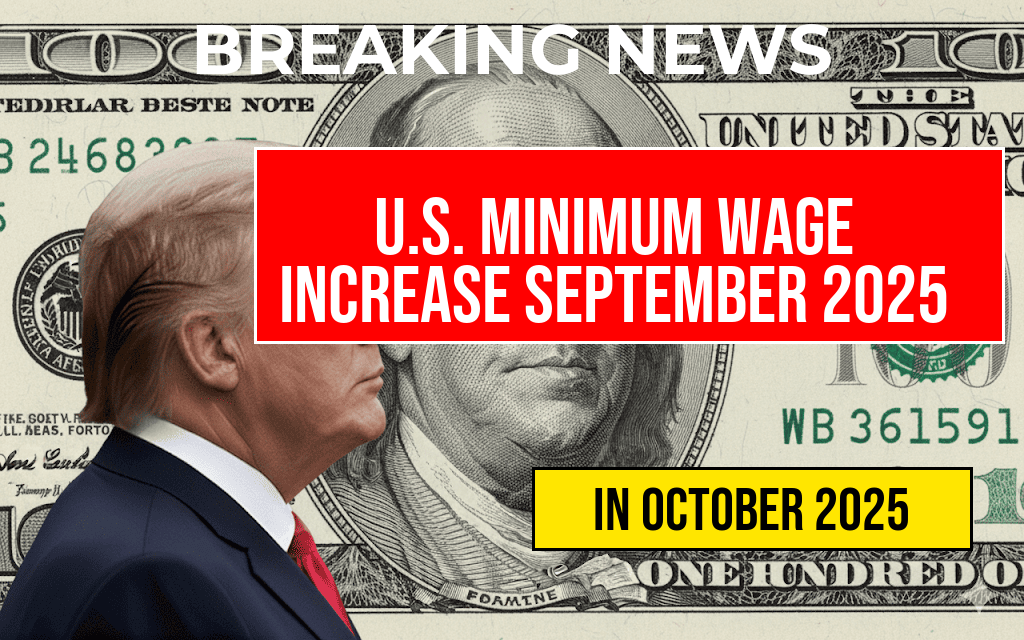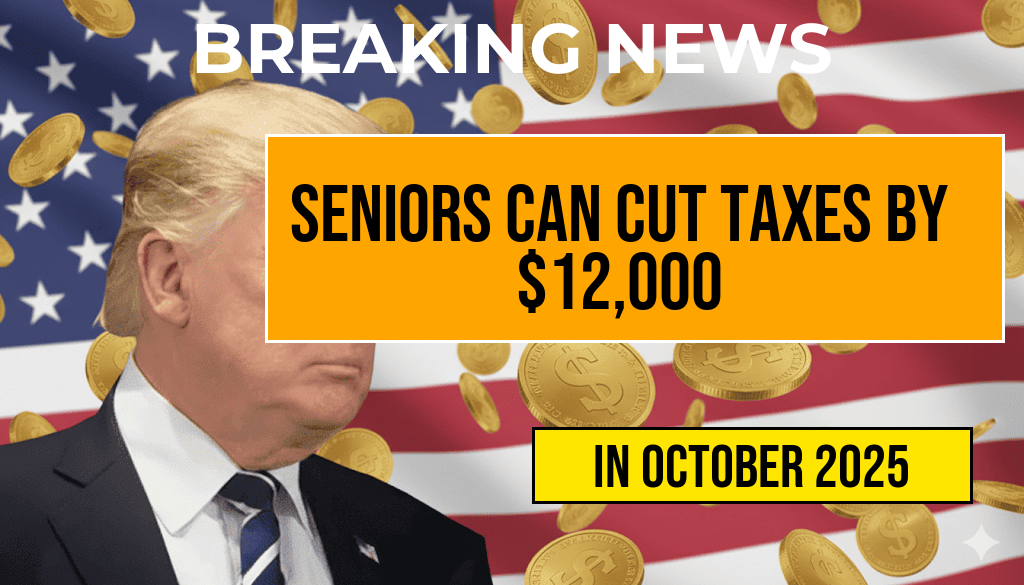The United States will see a nationwide increase in the federal minimum wage effective September 30, 2025, marking a significant shift for millions of hourly workers across the country. The change results from scheduled adjustments tied to inflation and legislative updates, with many states and localities also setting their own rates. This increase aims to help workers keep pace with rising living costs amid ongoing economic challenges. The new federal minimum wage will rise from $7.25 to $9.00 per hour, with additional scheduled increases over the next several years. However, the actual wages paid vary significantly depending on the state or city, as many jurisdictions have set their own higher minimum wages. This article provides a comprehensive list of the new hourly rates effective September 30, 2025, along with context on how these adjustments fit into broader economic trends.
Federal Minimum Wage Adjustment and State Variations
The federal minimum wage, established by the Fair Labor Standards Act (FLSA), has remained at $7.25 since 2009. However, under the Fair Minimum Wage Act of 2007, scheduled increases tied to inflation are set to gradually raise this baseline. Starting on September 30, 2025, the federal rate will increase to $9.00, with subsequent scheduled increases planned until reaching $15.00 per hour in the coming years. While the federal rate sets a nationwide minimum, many states and cities have enacted laws that set higher thresholds, reflecting local economic conditions and cost of living.
State and Local Minimum Wage Rates Effective September 30, 2025
| State or Locality | New Hourly Rate | Notes |
|---|---|---|
| California | $15.50 | Statewide minimum, with local variations |
| New York | $15.00 | Effective for New York City and some counties |
| Washington | $15.74 | Highest statewide minimum wage in the country |
| Florida | $11.00 | Statewide minimum wage, with scheduled increases |
| Texas | $9.00 | Matching federal minimum; some localities set higher rates |
| Illinois | $14.00 | Set to increase further in 2026 |
| Massachusetts | $15.00 | Statewide rate, with phased increases |
| Alaska | $10.85 | State minimum wage, separate from federal |
| Oregon | $15.45 | Varies by region; Portland area higher |
Localities with Notable Changes
- Seattle, WA: $17.27 — one of the highest local minimum wages in the nation.
- San Francisco, CA: $16.99 — reflecting ongoing efforts to address high living costs.
- Miami, FL: $11.00 — aligning with the state minimum wage but higher than the federal rate.
Implications for Employers and Workers
The scheduled increase will influence a broad spectrum of industries, from retail and hospitality to healthcare and manufacturing. Employers are preparing for adjustments to payroll and budgeting processes, especially in jurisdictions where the minimum wage surpasses the federal baseline. For workers, particularly those earning at or near the federal minimum, this change could translate into meaningful income improvements, enabling better access to housing, transportation, and other essentials.
However, some critics argue that wage hikes may lead to increased operational costs for businesses, potentially resulting in reduced employment opportunities or higher consumer prices. Conversely, advocates emphasize the role of higher wages in reducing income inequality and boosting economic activity through increased consumer spending. The impact remains a point of debate among economists and policymakers.
Historical Context and Future Outlook
The upcoming increase continues a trend of gradual wage adjustments aimed at aligning minimum wages with inflation and economic growth. While federal policy sets the minimum, local governments increasingly adopt higher thresholds, driven by cost-of-living increases in urban centers. Nationwide, discussions about establishing a national minimum wage of $15 per hour have persisted for years, with some states already surpassing that figure.
For more information on minimum wage laws and economic policies, resources such as Wikipedia’s coverage on U.S. minimum wages provide comprehensive background. Updates on wage legislation can also be tracked through official state government websites and trusted economic research outlets like Forbes.
Frequently Asked Questions
What is the effective date of the new U.S. minimum wage rates?
The new U.S. minimum wage rates will become effective on September 30, 2025.
Which states or regions are affected by the minimum wage increase?
The article provides a full list of states and regions where the minimum wage is increasing, highlighting specific hourly rates for each.
How much will the minimum wage increase in different areas?
The new hourly rates vary by state and region, with some areas seeing a significant increase, while others have smaller adjustments, as detailed in the list.
Are there any exceptions or special cases for certain workers regarding the new wages?
Yes, some workers such as tipped employees or student workers may have different wage requirements under state or federal laws.
How will this minimum wage increase impact employers and employees?
The increase is expected to influence employers by adjusting payroll costs and may lead to higher living standards for employees, depending on the industry and location.






